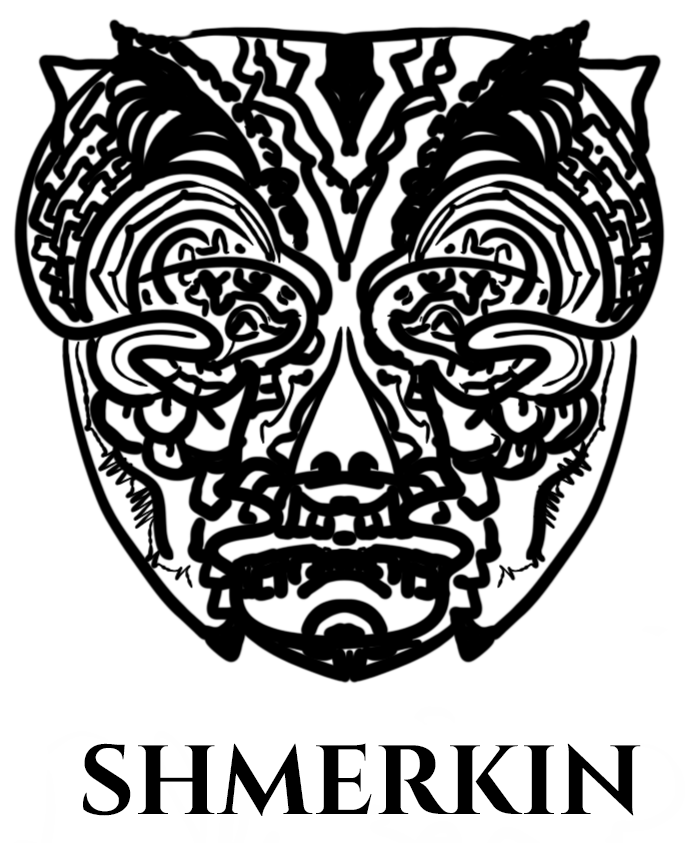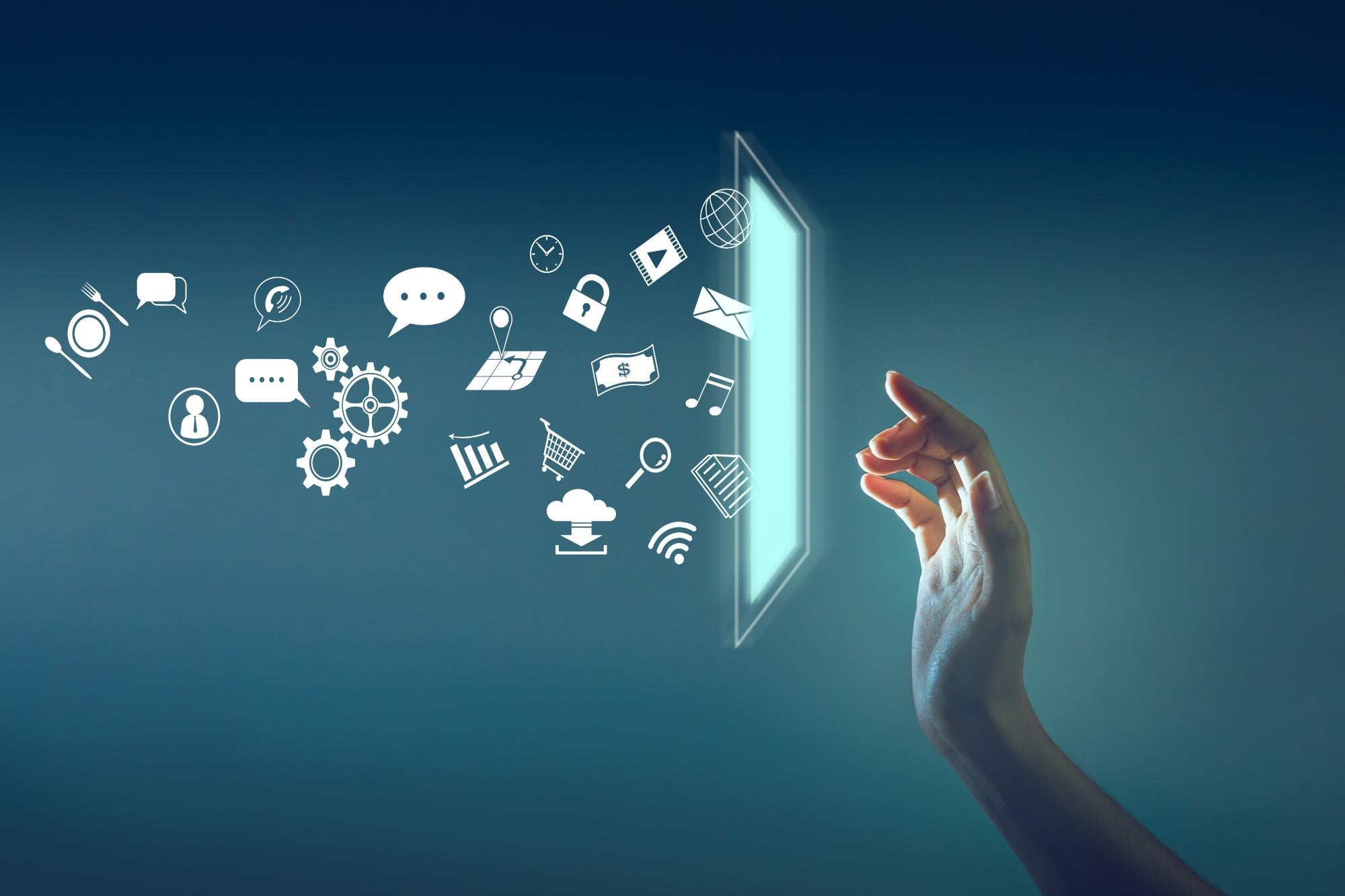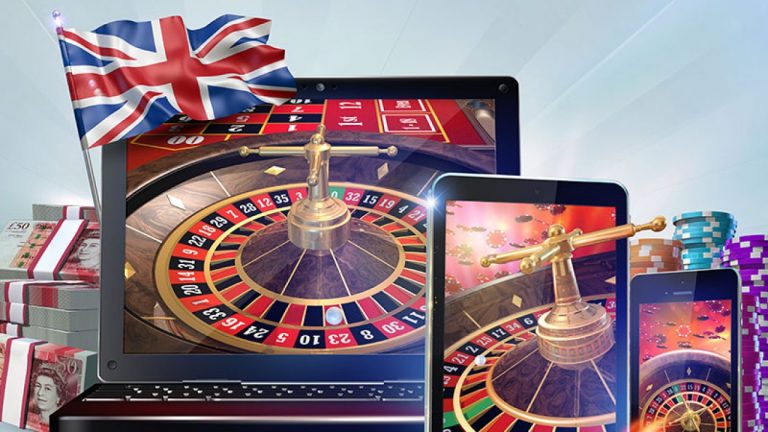Future of Marketing: Top 8 Trends for 2021 and Beyond
Forecasting is always a risk, and to prophesize the future of marketing is downright ungrateful business. In 1990, McKinsey tried to predict the development of mobile communications in the US, came up with 900 thousand prospective mobile users and ended up short by 120 million. In 2014, the number of activated phones – there are now 7 billion of them – exceeded the number of people on the planet. Everything around us has access to a network now, including toilets. Today, venturing guesses seems like an increasingly ungrateful business but, since marketing trends are also changing with time, smart communicators have to work non-stop figuring out the science of selling on the post-Covid planet of quantum computing and never-ending political turmoil. Let’s see if we can outline a few general tendencies for you that both buyers and sellers are facing today and will continue to face in the observed future.
1. Be first
Remember the ‘be first, be smarter or cheat’ soliloquy from an awesome movie? Nine years later it stands firmer than ever. If you are not among the first three – suppliers, results in Google search, people answering employment ads – you have already lost. And if you’re trading – stocks, commodities, crypto – you have to be able to make lightning fast decisions. If you’re in the consumer goods sector, responding to customer requests in five minutes or less makes all the difference in the world.
2. Aging population
Today, 75% of the world population is over 75 but for some unfathomable reason, the majority of marketers are paying more attention to the Millenials and genzers whose solvency in the aftermath of the crisis is highly questionable.
3. Big data changes everything
I’m sure you’ve heard this one before. Geolocation marketers are selling to locals at a discount that diminishes the further you are from the store. The location scanners for gathering unprotected mobile data are costing $75 thousand right now, five years from now they are projected to cost less than $5 thousand. By the time you’re done editing your post on Facebook, thousands of marketers know where you are, what you eat and what you wear (would have been scary had it not been so convenient). The role of consumer research has increased tenfold and (again) the Millennials and gen zers are the most studied generations in human history. The fact that they communicate through emojis and watch only five seconds of a 30 minute video makes them an easy prey for marketers of all tribes.
4. The structure of the workforce
It’s changing, The gig economy is pushing the working class to the margins of society. According to Gallup, 3 billion people in the world today are unable to get a stable job with steady income and benefits.
5. Transparency in everything
Social networking has brought complete openness into the zeitgeist and drew correlation between transparency and popularity in a time when any step, positive or negative, is instantly visible. In these conditions, consumers become brand partners, ambassadors, emissaries. The next step is involving consumers in product development directly. Gallup research shows a drop of consumer confidence in marketing and big business; consumers don’t like being manipulated so brands are now actively exploring “non-toxic” business practices.
6. Information fatigue
The number of news per unit of time is increasing. More and more people want to protect themselves from the flow of unnecessary information. To counterweight the efforts of marketers who rely on big data heavily, the ‘digital detox’ movement is propagating ‘disconnects’ as a way to stand for one’s ‘analog rights’ in the ‘digital world.’ Ironically, digital detox is widely used by marketers in the hospitality business offering luxury hotel deals specifying no connection to the outside world whatsoever – no cell, no WiFi, no snail mail. The derivative effect of informational satiety is the craving of order, which signals to businesses that well-structured and meticulously targeted information will take precedence over the chaotic flow.
7. Multi-channel communication
Messaging is becoming increasingly difficult with the abundance of channels of communications. The recently coined term “multi avatar user” reflects very well the multifacetedness of the modern consumer culture, in which consumers function both online and offline with a constantly growing number of various profiles and images, holding multiple accounts on social media, using multiple credit cards etc.. In these conditions, “catching” the right profile at a given time is next to impossible but whoever figures out the way to do it quickly and efficiently will rule commerce in the 21st century.
8. We need ideas (Conclusion)
Increasing demand for strategic marketing in the world calls for more original and bold decision making (on the part of humans, that is). Despite the fact that we automate like crazy and deep learning claims a bigger piece of the pie every day, building an inspired strategy upon an original idea will always remain the realm of humans.







